Until now, through historical documents, we only imagined the Later Le Dynasty as a period of continuous civil war between Lord Trinh and Lord Nguyen (also known as Dang Ngoai and Dang Trong), along with trade deals with European countries, Japan and China, and problems such as arrogant soldiers, epidemics, crop failures and miserable people... So recently, when some researchers specializing in ancient weapons, Dong Nguyen, sent me two links with translations of swords from the Later Le Dynasty in the collection of Tsar Peter the Great (Russia) and Admiral Cornelis Tromp in the Netherlands, to be honest, when I saw it, I thought I was dreaming.
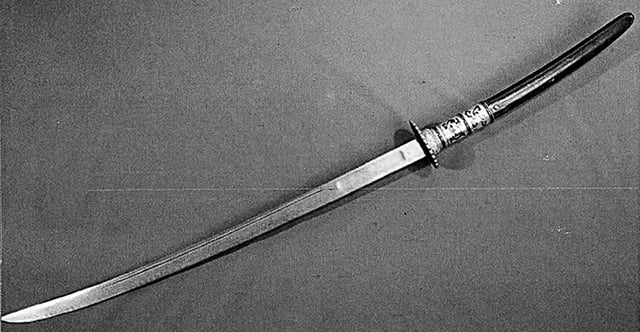
Le Dynasty sword in the collection of Tsar Peter the Great
In the article titled Vietnamese sword in the collection of Peter the Great by Vladimir A.Vetyukov, in the Collection of the Presidential Library (volume 9 ). The era of Peter the Great through the research of contemporary scholars, page 225 , there is a summary in English as follows: " This article is dedicated to introducing a rare Vietnamese sword model, made in the 17th century and currently in the collection of the Moscow Kremlin Museum. In the early 18th century, this sword was kept at the Preobrazhensky Palace and may have been part of the arms collection of Tsar Peter the Great ".
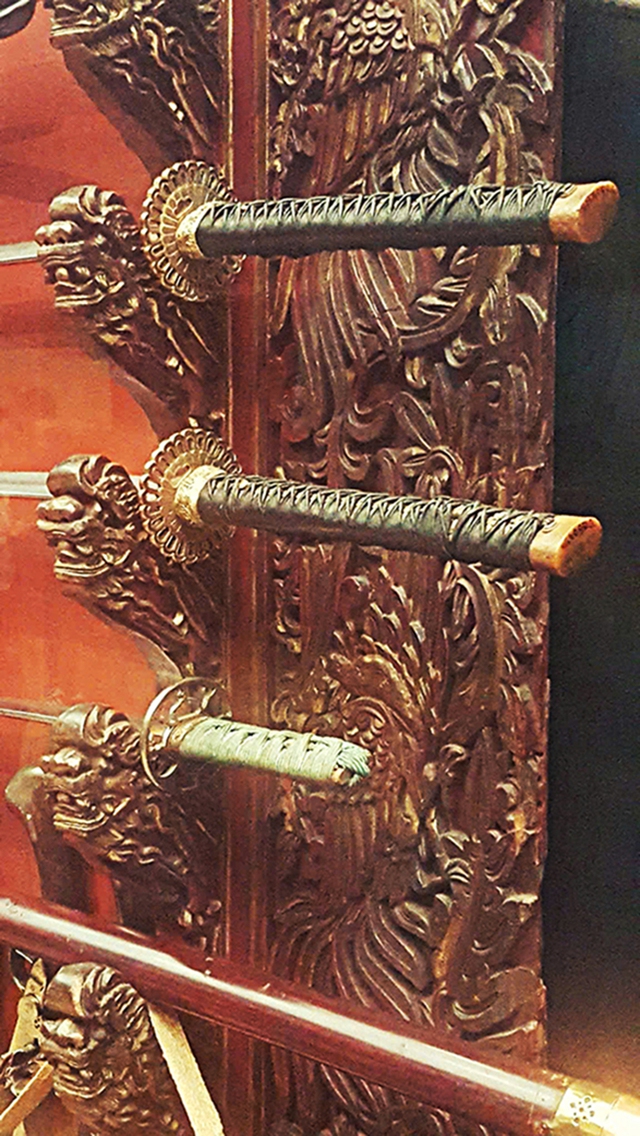
Le Dynasty sword in the collection of Admiral Cornelis Tromp, currently on display at the Rijksmuseum, Amsterdam, Netherlands
The second article titled The Sword of Cornelis Tromp's Armoury of the Rijksmuseum, Amsterdam, Netherlands, writes: " This is a set of weapons purchased by the Dutch East India Company and brought back to the Netherlands as a gift to Admiral Cornelis Tromp" and describes in detail: "The sword (sabel) has a wooden sheath, inside is a small knife. The hilt is covered with stingray skin, wrapped in green silk; the pommel is made of horn. The metal ferrule (the part attached above the tsuba) is decorated with patterns commonly found in Northern Vietnam, and the shape gradually flares towards the tsuba, which is also typical of this region. The tsuba has the shape of a chrysanthemum. The blade is made of tempered steel".
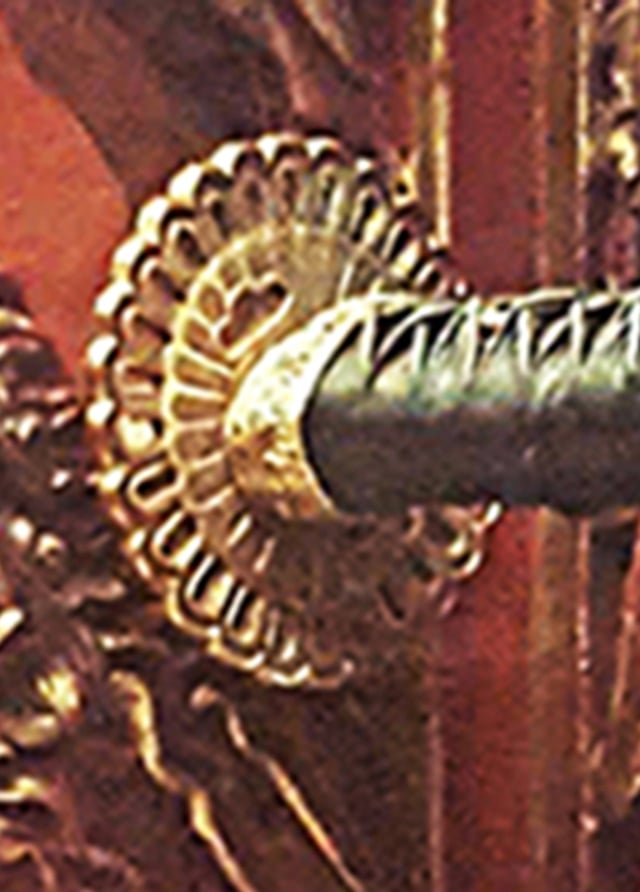
Chrysanthemum on the sword guard of Tsar Peter the Great
Photo: VU KIM LOC DOCUMENTS
The second article notes that the swords and staff weapons mentioned above appear to be Japanese at first glance. "However, upon closer inspection, they reveal details that differ from Japanese models. This is most evident in the decoration of the fuchi - the decorative rings attached between the sword hilt (tsuka) and the hand guard (tsuba). This decorative pattern is characteristic of Indochinese motifs," the author of the article stated.
The author of the article also pointed out another feature that could be used to find the origin of the weapon: "In the 1970s, these swords were disassembled, and it was discovered that some blades had holes in the handle (tang), while others did not. This is also a common feature in blades originating from Southeast Asian countries, while Japanese swords always have holes in the handle." The author explained that it is possible that this sword was forged by a Japanese blacksmith who settled in Vietnam, and after Japan closed its doors to the world in the 1630s, he lost contact with his colleagues in the country. "The next generations of blacksmiths continued to make weapons with a foundation that still had a Japanese style, but also gradually had their own characteristics or were strongly marked by Vietnam," the author wrote.
VIETNAMESE ROYAL SYMBOLS ON WEAPONS
Through the content and images of the swords in the two articles above, through comparison with famous Japanese swords, I found a difference as analyzed by the Rijksmuseum. That is, the decorative pattern, especially on the guard/tsuba (handguard) of the Vietnamese sword has the shape of a chrysanthemum, while the Japanese one has a different shape. Next, the pattern on the hilt of the sword belongs to the collection Tsar Peter the Great's weapon, in addition to the chrysanthemum on the guard, also has a chrysanthemum leaf pattern that is very typical of the Later Le Dynasty in Vietnam. In addition, I also know that some antique collectors in our country have collected bronze sword hilts (the iron blades are lost) with dense carvings of chrysanthemums in the Le Dynasty style.
Thus, the decoration of chrysanthemums on the swords of the Le Dynasty collected by people of noble status such as emperors and generals in Europe as mentioned above, together with the discovery of the Tran Dynasty's three-metal inlaid sword at the Thang Long Imperial Citadel relic decorated with chrysanthemum motifs of people and suns, and the Thai A sword of King Gia Long (at the French Military Museum, Paris) also with the decorative motifs of the sun and chrysanthemums, has shown a symbol of Vietnamese royalty that has been expressed throughout the dynasties. In particular, the discovery of the sword at the Imperial Citadel with its steel blade still intact and not much oxidized to this day has shown that the steel tempering technique existed since the Tran Dynasty, and this is also perhaps the answer to the hypothesis of the Rijksmuseum that there was a basis for the manufacture by Japanese people settling in Vietnam.
Of course, through this discovery is the basis for continuing to research and clarify the techniques of making swords and weapons in the history of Vietnam's fight against foreign invaders, typically Ho Nguyen Trung, famous for his technique of making cannons, was captured by the Ming Dynasty to become an official, assigned to the Ministry of Public Works to make guns and the Ming Dynasty called that gun "God of Fire Weapons".
Source: https://thanhnien.vn/kiem-viet-nam-trong-bo-suu-tap-cua-sa-hoang-nga-185250804225914902.htm







![[INFOGRAPHIC] Sony RX1R III returns: Compact, Full-frame quality](https://vphoto.vietnam.vn/thumb/1200x675/vietnam/resource/IMAGE/2025/8/5/24845e53f6f643f19a203e2e53d69139)

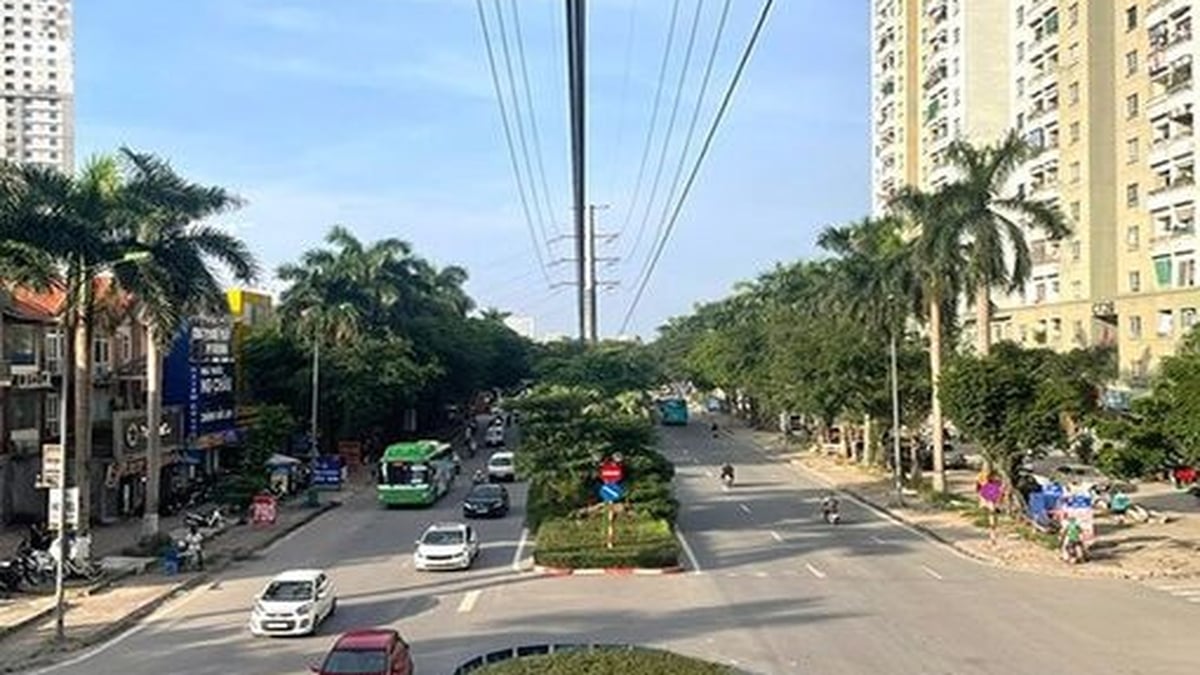











































![[Maritime News] Two Evergreen ships in a row: More than 50 containers fell into the sea](https://vphoto.vietnam.vn/thumb/402x226/vietnam/resource/IMAGE/2025/8/4/7c4aab5ced9d4b0e893092ffc2be8327)









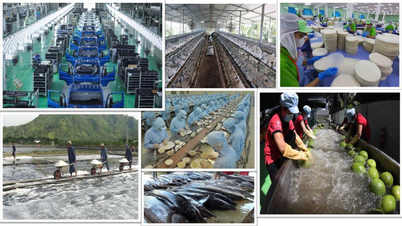




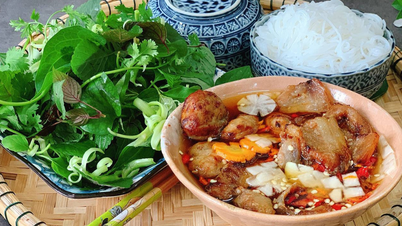




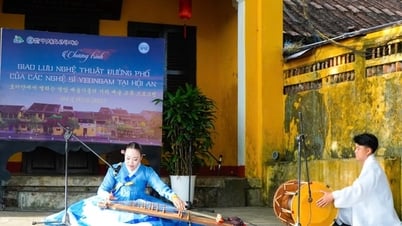

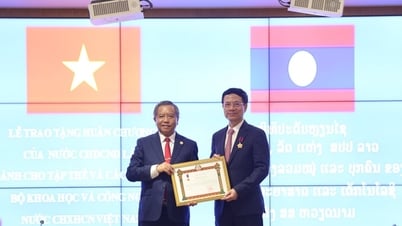




















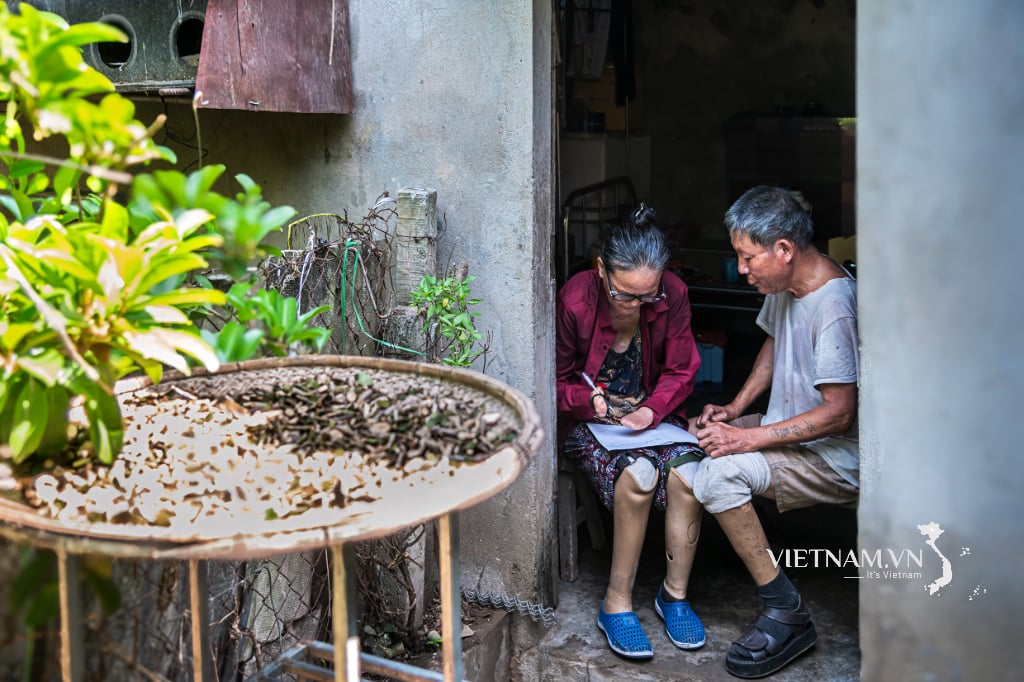


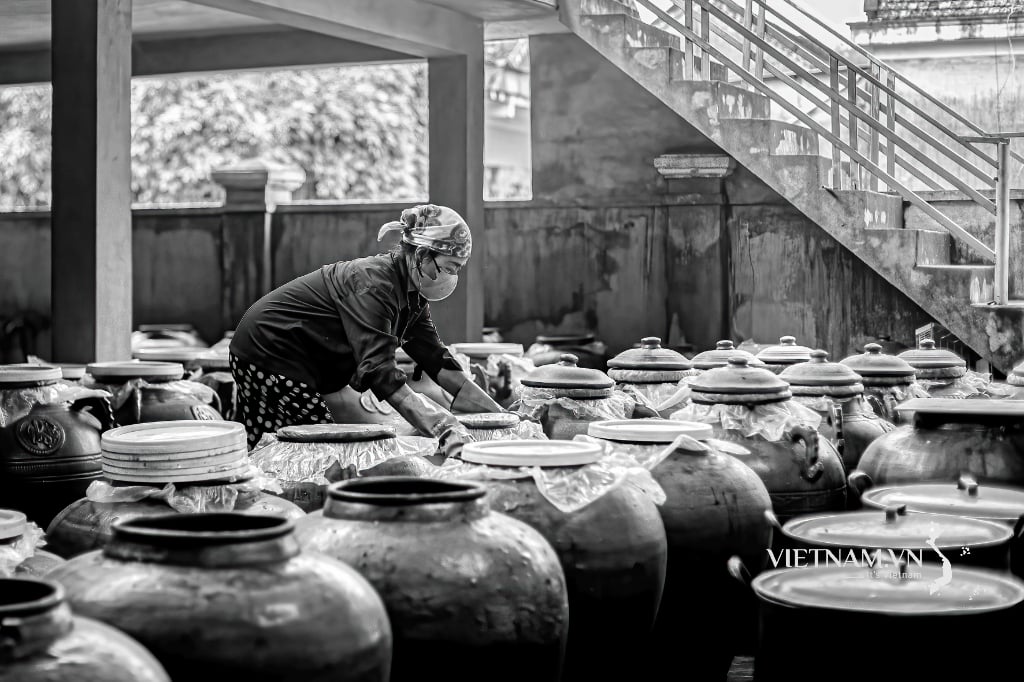
Comment (0)